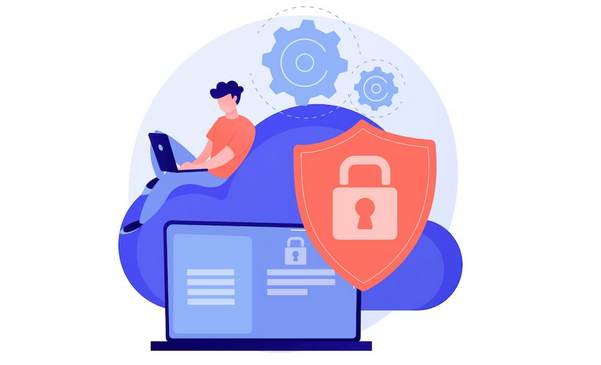The Ultimate Guide To Website Security
In an age where the digital landscape is expanding at an unprecedented rate, ensuring the security of your website is paramount. Whether you run a personal blog, an e-commerce site, or a corporate web presence, protecting your online assets is non-negotiable. In this ultimate guide to website security, we will explore the essential elements of safeguarding your website against cyber threats, from understanding potential vulnerabilities to implementing best practices that will keep your site and its users safe.
Assessing Vulnerabilities
Regularly assess your website for vulnerabilities. Use tools like vulnerability scanners to identify potential weaknesses.
- Analyze Code and Plugins: Review your website’s code and third-party plugins for security flaws. Remove or update any outdated or vulnerable components.
- Secure User Authentication: Implement strong password policies and consider two-factor authentication to protect user accounts.
Protecting Against Common Threats
Secure your website with an SSL certificate to encrypt data transmission, ensuring that sensitive information, such as login credentials and payment details, is protected.
- Cross-Site Scripting (XSS) Prevention: Filter and validate user inputs to prevent malicious scripts from being executed on your website.
- Cross-Site Request Forgery (CSRF) Mitigation: Utilize anti-CSRF tokens to protect against attacks that manipulate users into making unintended actions on your site.
- SQL Injection Defense: Sanitize and validate database inputs to prevent attackers from gaining unauthorized access to your database.
Content Management Systems (CMS)
Regularly update your content management system, themes, and plugins to patch known vulnerabilities.
- Use Reputable Plugins and Themes: Download themes and plugins from trusted sources, as third-party components can be a common entry point for hackers.
- Restrict User Permissions: Limit user access and permissions to only what is necessary, reducing the potential for unauthorized actions.
Firewall and DDoS Protection
A WAF filters incoming traffic and can protect your website from various threats, such as SQL injection and XSS attacks. Also, use a DDoS protection service or deploy hardware/software solutions to mitigate Distributed Denial of Service attacks.
Backup and Recovery
Create frequent backups of your website and store them in secure, off-site locations. This ensures you can restore your site in case of a security incident. In addition, develop a clear and tested disaster recovery plan to minimize downtime and data loss in the event of a breach.
User Education
Provide guidelines for users to help them understand how to use your website securely. Teach them about strong passwords and potential phishing threats.
Monitoring and Incident Response
Set up monitoring tools that track unusual behavior or security breaches. This allows you to detect and respond to threats promptly. Develop a well-defined incident response plan to address security breaches effectively and minimize their impact.
Secure Hosting
Opt for a reputable hosting provider that offers robust security measures, such as firewalls, intrusion detection, and regular updates. Segment your website hosting environment to keep different components separate. For instance, your web server should be isolated from your database server.
Conclusion
In the ever-evolving digital landscape, website security is a continuous process that demands vigilance, proactive measures, and ongoing education. By conducting regular security audits, safeguarding against common threats, and staying informed about the latest security practices, you can significantly reduce the risk of a cyberattack on your website. Remember that no website is entirely immune to threats, but by implementing the strategies outlined in this Ultimate Guide to Website Security, you can create a robust defense that protects both your online assets and the trust of your users.

